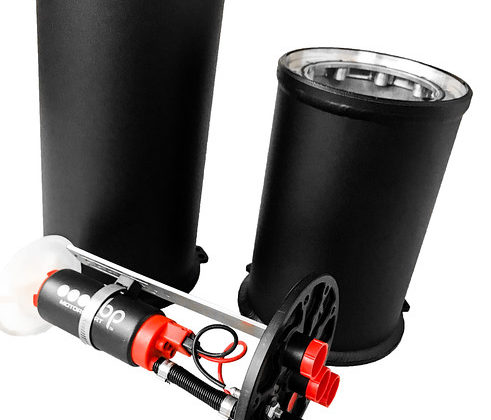
Team America BNR32 GT-R First Update in a Long Time!
So most of you probably thought that the Team America GT-R was dead, long abandoned to the scrap heap or maybe left in a pile somewhere in Australia. Not so, after a humiliating first appearance at the 2014 running of WTAC down under, the car has been under reconstruction.
The main reason why the car was a failure was that it was rushed to completion and shipped to Australia even though it had never turned a wheel and never even started. In fact, it was shipped incomplete and had to be finished there. Rather, it was not finished and tried to run anyway.
The car was plagued by a mysterious misfire that was unsolvable in the field, due to a hard to trace fault in the wiring harness, rubbery odd steering and front aero failure that left the splitter dragging on the ground.
These issues left the car only being able to putt around the course and unable to complete a single lap under its own power. After the event, the car sat in storage for over a year. Then, most of the original team had a meeting and decided to go ahead and fix the car starting with correcting the major show ending problems first.
Brian Kono of Afterhours Automotive was chosen to straighten out the chassis issues that the car had and has been slowly working on the car for about a year in his spare time. Here is how the progress has been so far. With a new title sponsor, everything looks pretty promising. When the chassis basics are fixed and the engine control problems are taken care of, the team will start to shake down the car.

The first thing Brian did was to build a new steering column. The old part had an odd flex joint in the steering shaft that added a lot of play, and much of the column was unsupported near the steering wheel. Just the act of steering caused the whole thing to flex several inches, which created a lot of degrees of semi-free play.
Brian built a stiff support structure out of thin-wall chromoly tubing. This was tied into the roll cage. The end bearing of the steering shaft was moved almost a foot further rearward to support the steering wheel a lot better. This eliminated all of the flex in the steering shaft itself.



The flexing frame rail added even more free play to the steering. To solve this, Brian came up with a tubular structure that tied the steering box into the suspension/engine cradle subframe and the roll cage. Now the steering box no longer moves. You can see part of the tubular structure for the steering box here.



